
Forklift Controllers - Lift trucks are obtainable in many various models that have varying load capacities. The majority of average lift trucks utilized in warehouse environment have load capacities of 1-5 tons. Bigger scale units are used for heavier loads, such as loading shipping containers, can have up to fifty tons lift capacity.
The operator could use a control to lower and raise the tines, that are likewise called "tines or forks." The operator could even tilt the mast to be able to compensate for a heavy load's tendency to tilt the blades downward to the ground. Tilt provides an ability to operate on uneven surface also. There are yearly competitions meant for experienced lift truck operators to contend in timed challenges and obstacle courses at regional forklift rodeo events.
Lift trucks are safety rated for loads at a specific maximum weight as well as a specific forward center of gravity. This very important information is supplied by the manufacturer and positioned on a nameplate. It is important cargo do not exceed these specifications. It is against the law in numerous jurisdictions to interfere with or remove the nameplate without getting consent from the lift truck manufacturer.
Most lift trucks have rear-wheel steering so as to enhance maneuverability within tight cornering conditions and confined spaces. This particular kind of steering differs from a drivers' first experience with different vehicles. For the reason that there is no caster action while steering, it is no essential to use steering force in order to maintain a continuous rate of turn.
One more unique characteristic common with forklift use is unsteadiness. A constant change in center of gravity happens between the load and the forklift and they have to be considered a unit during utilization. A lift truck with a raised load has centrifugal and gravitational forces which can converge to bring about a disastrous tipping accident. To be able to avoid this from happening, a lift truck should never negotiate a turn at speed with its load raised.
Forklifts are carefully built with a particular load limit utilized for the tines with the limit lowering with undercutting of the load. This means that the freight does not butt against the fork "L" and would lower with the elevation of the blade. Usually, a loading plate to consult for loading reference is located on the forklift. It is dangerous to use a lift truck as a worker lift without first fitting it with certain safety devices such as a "cherry picker" or "cage."
Forklift utilize in distribution centers and warehouses
Important for whatever distribution center or warehouse, the forklift needs to have a safe environment in which to accommodate their efficient and safe movement. With Drive-In/Drive-Thru Racking, a lift truck should go in a storage bay which is several pallet positions deep to put down or obtain a pallet. Operators are normally guided into the bay through rails on the floor and the pallet is located on cantilevered arms or rails. These tight manoeuvres need skilled operators to be able to do the job efficiently and safely. In view of the fact that each pallet needs the truck to enter the storage structure, damage done here is more frequent than with different types of storage. Whenever designing a drive-in system, considering the dimensions of the blade truck, including overall width and mast width, must be well thought out to guarantee all aspects of an effective and safe storage facility.
![]() Click to Download the pdf
Click to Download the pdf
Forklift Parts


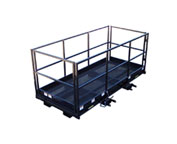
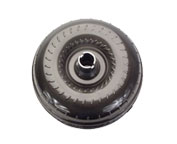
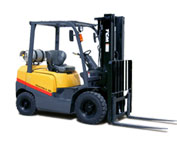
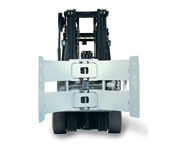

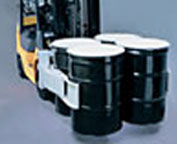
Lift Parts Express
TOLL FREE: 1-888-695-7994
LOCAL: 510-984-3209
248 3rd Street #560
Oakland, California
forkliftpartsoakland.com
Email Us
About Us



